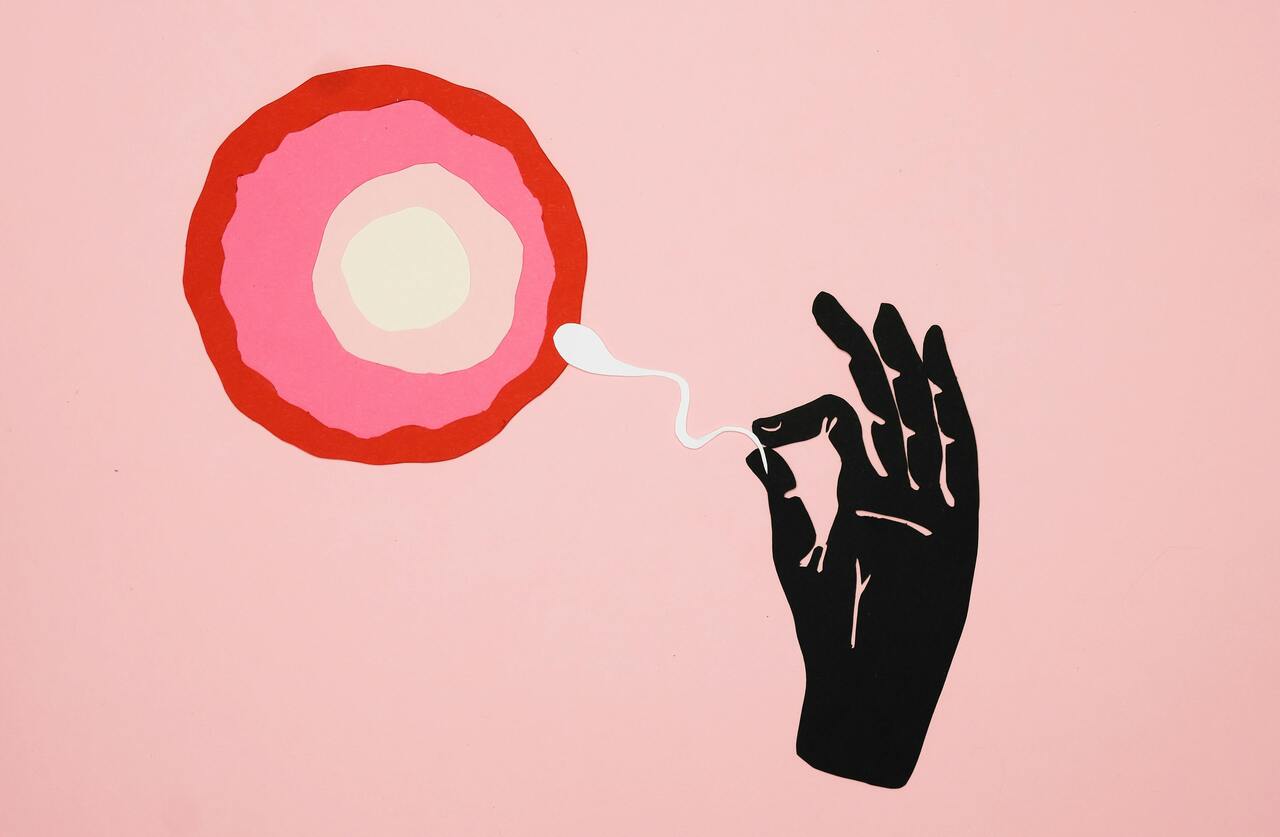What is ICSI?
Unlike conventional IVF, where eggs are incubated with many sperm, ICSI uses a microneedle to place one viable sperm into the egg’s cytoplasm. This can bypass barriers in cases of marked semen abnormalities or after prior fertilization failure. A patient-friendly introduction is available from the UK regulator: HFEA: ICSI.
Who is ICSI for?
Typical indications include:
- Significant male factor (clearly reduced concentration, motility or morphology; antisperm antibodies).
- Fertilization failure in a previous IVF cycle.
- Use of surgically retrieved sperm (PESA/MESA/TESE/mTESE).
- Very few mature eggs on retrieval day when optimizing fertilization is prudent.
Professional societies also note: when there is no male factor, ICSI usually offers no added benefit over conventional IVF; routine use is not recommended. See for example the committee opinion: ASRM.
Evidence and success rates
Live-birth chances are driven primarily by age and egg quality, not by choosing ICSI per se. With a clear male factor, ICSI often achieves high fertilization rates; without it, systematic comparisons show no consistent advantage for clinical outcomes (pregnancy or live birth) over IVF. See the overview from: Cochrane.
Step-by-step process
- Preparation: history, work-up, infection screening; counseling on alternatives, chances and risks.
- Stimulation & monitoring: ovarian stimulation with ultrasound and hormone checks; OHSS prevention.
- Egg retrieval: ultrasound-guided follicle aspiration to collect mature oocytes.
- Semen preparation: collection and processing; surgical retrieval if needed (e.g., TESE).
- ICSI: selection of motile sperm and microinjection into each mature egg.
- Embryo culture: monitoring development, often to the blastocyst stage.
- Embryo transfer: transfer of a single suitable embryo (single-embryo transfer preferred); remaining embryos may be frozen.
- Luteal phase & test: progesterone support; pregnancy test about 10–14 days after transfer.
For a readable comparison of IVF versus ICSI, see NHS Inform.
Risks and safety
Key risks relate to stimulation (e.g., OHSS), procedures (rare bleeding/infection) and multiple pregnancy if more than one embryo is transferred. Micromanipulation can mechanically damage some eggs; reputable patient information is transparent about this (e.g., NHS patient leaflet). Overall, long-term data are reassuring; small risk increases can be hard to separate from effects of the underlying infertility.
Lab options (“add-ons”)
Many add-ons (e.g., PICSI/IMSI, certain culture supplements) do not reliably increase live-birth rates for most patients. The HFEA grades add-ons using a transparent “traffic-light” system and advises caution without a clear indication: HFEA Add-ons.
Comparison: ICI · IUI · IVF · ICSI
| Criterion | ICI | IUI | IVF | ICSI |
|---|---|---|---|---|
| Principle | Place sample near the cervix | Washed sperm into the uterus | Egg + many sperm in the lab | One sperm injected into the egg |
| Typical indication | Entry option without major factors | Unexplained infertility, mild male factor, donor sperm | Tubal factor, endometriosis, failed IUI | Marked male factor, fertilization failure |
| Per-cycle success | Rather low; timing matters | Moderate; higher with stimulation | Higher than IUI; age-dependent | Similar to IVF; advantage mainly with male factor |
| Complexity | Low | Low–moderate | Moderate–high (laboratory) | High (micromanipulation) |
| Main risks | Low; hygiene is key | Multiple pregnancy risk with stimulation | OHSS, procedural risks, multiples | As in IVF + potential egg damage |
Takeaway: use ICSI selectively when a clear benefit is expected; without male factor, conventional IVF remains standard (see the Cochrane analysis above).
Planning, timing and practical tips
- Define the indication precisely (male factor, prior fertilization failure, special findings).
- Discuss prognosis realistically: outcomes are dominated by age and egg quality.
- Prefer single-embryo transfer; actively avoid multiple pregnancy.
- Prevent OHSS: measured stimulation, an appropriate trigger strategy, and consider “freeze-all” if at risk.
- Scrutinize add-ons and use only with a plausible indication/evidence (refer to HFEA ratings).
RattleStork – be better prepared for ICSI decisions
RattleStork isn’t a clinic and doesn’t replace medical advice. It helps with structure and communication: verified profiles, secure messaging, and private notes and checklists for appointments, medications and questions for your care team. Keep everything in one place — from the first consult to embryo transfer.

Conclusion
ICSI is a precise lab technique with clear value for significant male-factor infertility or after fertilization failure. Without male factor, it usually adds no benefit over conventional IVF. Good practice means: clear indication, realistic expectations, cautious stimulation, a conservative embryo number and a critical eye toward add-ons.

